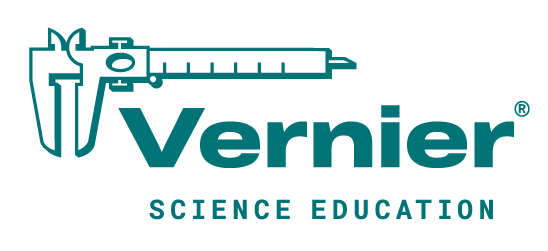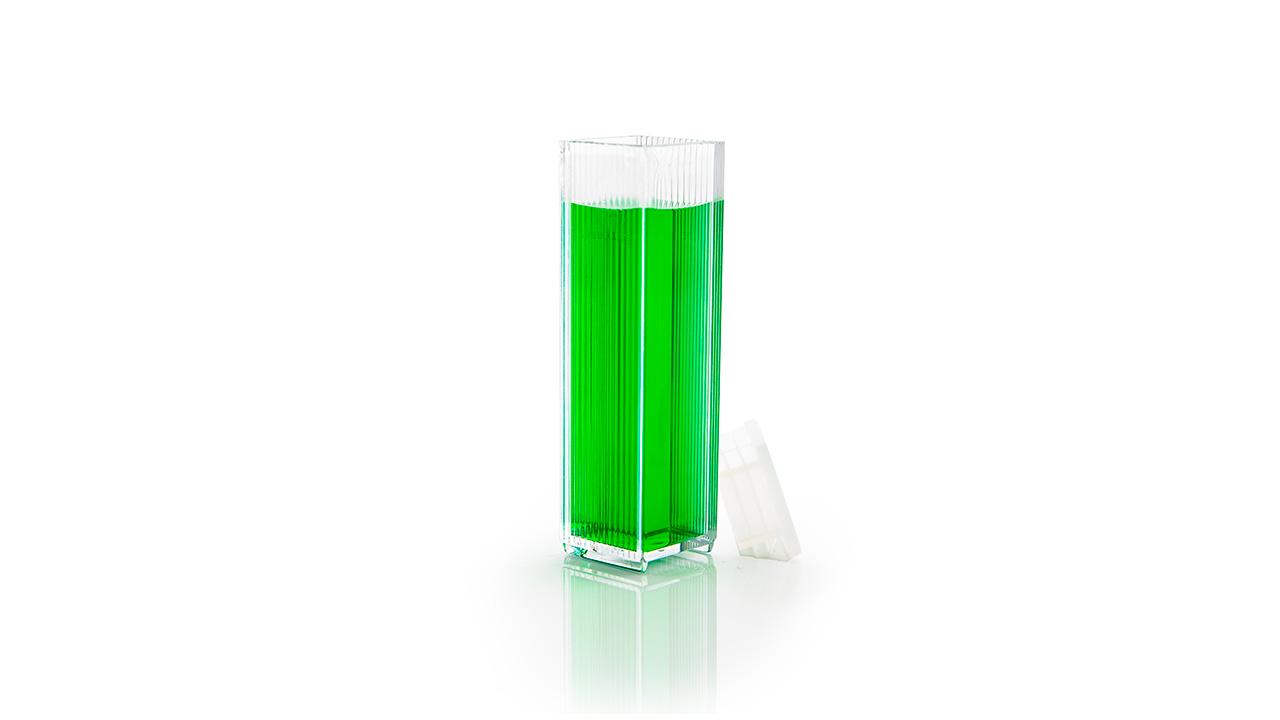- What is the difference between the types of cuvettes you sell for ...
- Oct 14, 2019 ... What is the difference between the types of cuvettes you sell for colorimeters and spectrophotometers? ; Plastic Cuvettes (Visible Range) (CUV) ...
- https://www.vernier.com/til/2016
- What types of liquids can be poured into your plastic colorimeter or ...
- Sep 25, 2013 ... These are disposable cuvettes we sell for our colorimeters and [visible light] spectrophotometers. They are made of polystyrene, which can be ...
- https://www.vernier.com/til/2520
- Go Direct Visible Spectrophotometer Troubleshooting and FAQs ...
- Plastic Cuvettes (Visible Range) (CUV). Published: December 7, 2021. Updated: January 18, 2022. ©2025 All rights reserved; Privacy Policy | Cookie Policy | ...
- https://www.vernier.com/til/13838
- Go Direct SpectroVis Plus Troubleshooting and FAQs – Technical ...
- Jun 10, 2019 ... Replacement Parts · Mini USB Cable (CB-USB-MINI) · Plastic Cuvettes (Visible Range) (CUV) · Cuvette Lids (100 per pack) (CUV-LID) · LabQuest® 2, ...
- https://www.vernier.com/til/3847
- SpectroVis Plus Troubleshooting and FAQs – Technical Information ...
- Jun 15, 2018 ... Plastic Cuvettes (Visible Range) (CUV); Cuvette Lids (100 per pack) (CUV-LID). For information on the original SpectroVis (SVIS), refer to its
- https://www.vernier.com/til/2880
- Go Direct Colorimeter Troubleshooting and FAQs – Technical ...
- Sep 7, 2017 ... Replacement Parts. Go Direct® 300 mAh Replacement Battery (GDX-BAT-300); Micro USB Cable (CB-USB-MICRO); Plastic Cuvettes (Visible Range) (CUV).
- https://www.vernier.com/til/3853
- Colorimeter Troubleshooting and FAQs – Technical Information ...
- Aug 6, 2018 ... When the LED stops flashing, the calibration is complete. Related Products. Plastic Cuvettes (Visible Range) (CUV) (pkg. of 100); Cuvette Rack ( ...
- https://www.vernier.com/til/1367
- Ocean Optics Spectrometers Troubleshooting and FAQs – Technical ...
- Nov 13, 2017 ... Related Products. Vernier UV-VIS Spectrophotometer (VSP-UV); Plastic Cuvettes (Visible Range) (CUV); Plastic Cuvettes (UV-VIS) (CUV-UV); Go ...
- https://www.vernier.com/til/1557
- Are 4-sided clear cuvettes required when doing fluorescence experiments with SpectroVis Plus or Go Direct SpectroVis Plus?
- No. The two-sided clear Plastic Cuvettes (CUV), included with SpectroVis Plus (SVIS-PL) and , can be used for fluorescence experiments. When using these cuvettes, be...
- https://www.vernier.com/til/2202/
- Do you sell replacement lids for your plastic cuvettes?
- Yes. We do indeed sell replacement lids. See These lids can be used with the cuvettes for the , , , , , , ,...
- https://www.vernier.com/til/1921/
- Where can I get quartz cuvettes for your spectrophotometers?
- Vernier sells two versions of the Starna Quartz cuvettes. They both are heat-fused, using no adhesive. These cuvettes have 2 polished (clear) windows making them...
- https://www.vernier.com/til/1660/
- What cuvettes can I use in my UV-Vis or Fluorescence/UV-VIS Spectrophotometer?
- The UV-VIS Spectrophotometer comes with a set of two Starna Quartz cuvettes: . The Fluorescence/UV-VIS Spectrophotometer comes with one Starna Fluorescence Quartz cuvette: These cuvettes...
- https://www.vernier.com/til/3194/
- Can I use the Structures & Materials Tester to test plastic films?
- Yes, the (or ) has the range and resolution to measure the stretch and strength of thin plastic films, such as household kitchen Saran Wrap....
- https://www.vernier.com/til/22338/
SAVE/SHARE YOUR CART

 Plastic Cuvettes (Visible Range)
Plastic Cuvettes (Visible Range)